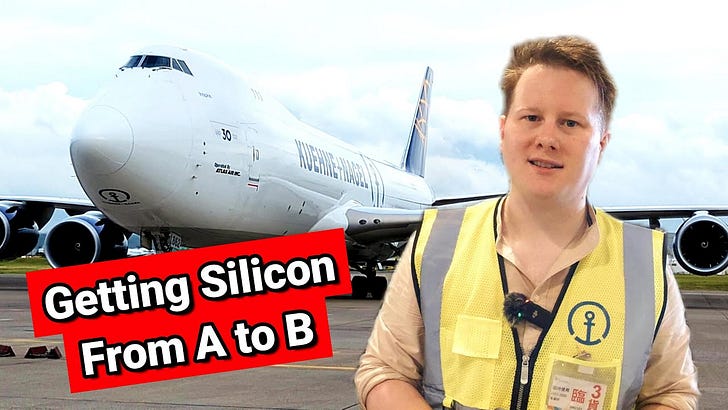Every time I visit a fab, especially one on the leading edge, the one constant is having all these super expensive tools jammed in together. Etch, lithography, ALD, metrology, and hundreds upon hundreds of automated FOUPs shuttling around batches of wafers on that automated superhighway bolted to the ceiling. It’s been easy to gloss over the simple fact…
© 2025 Dr. Ian Cutress
Substack is the home for great culture



